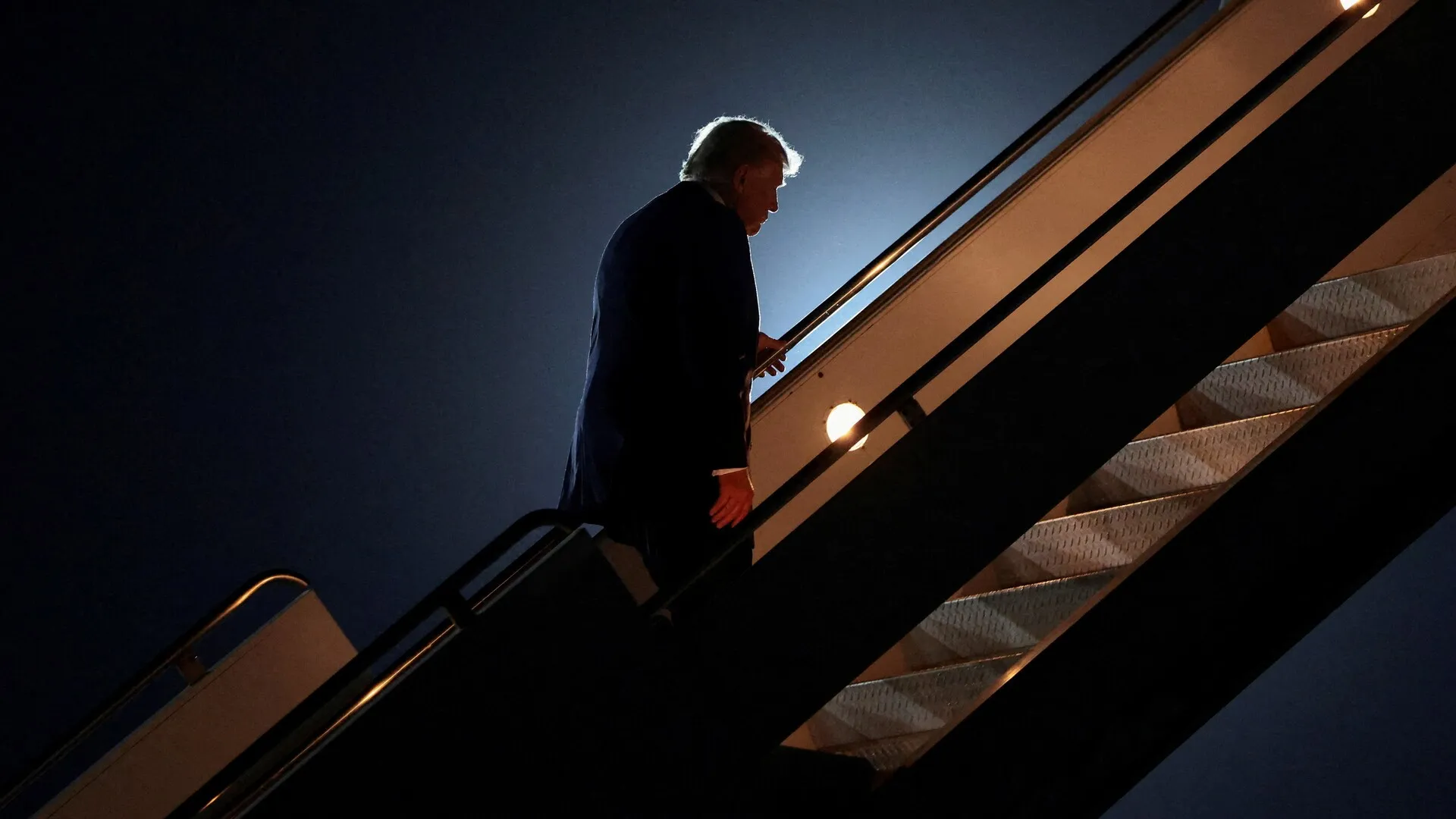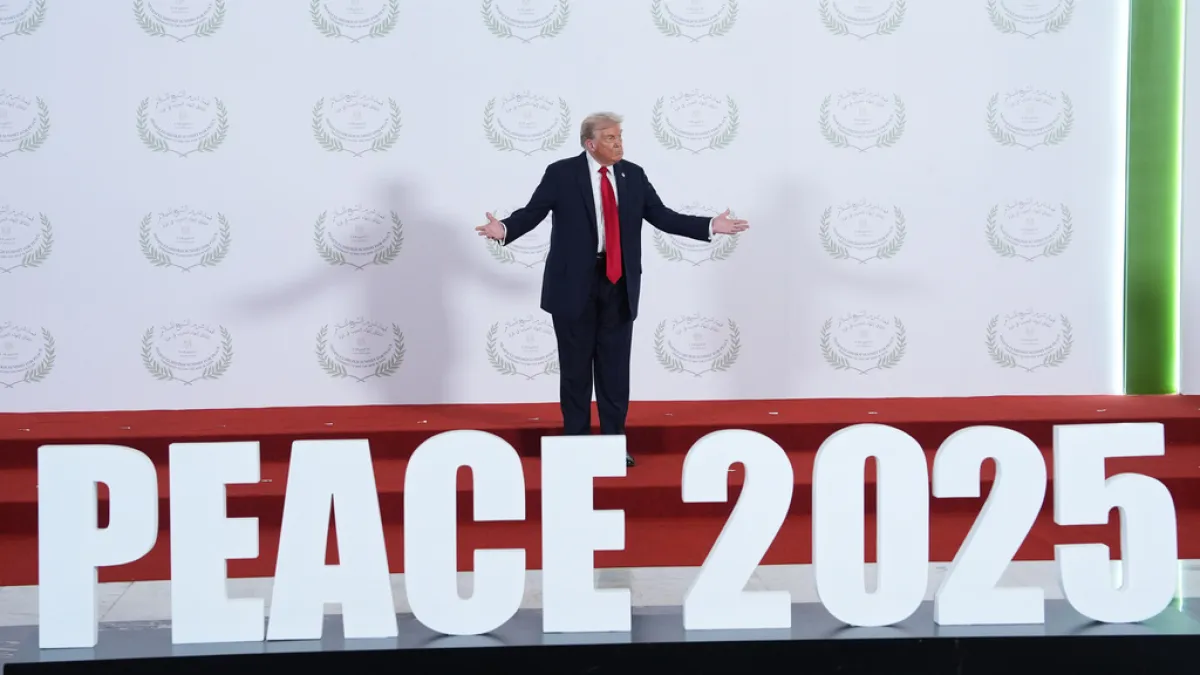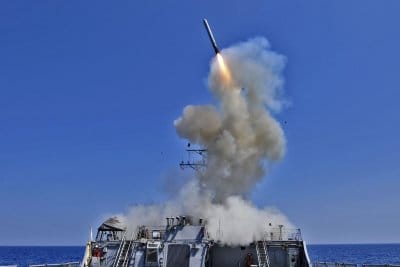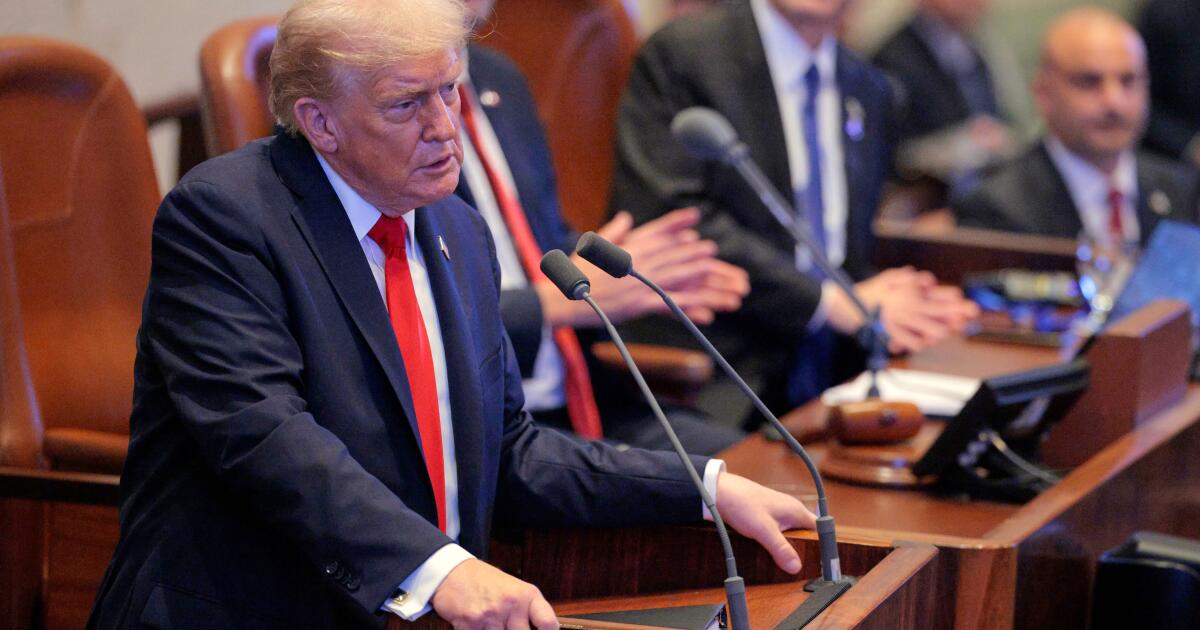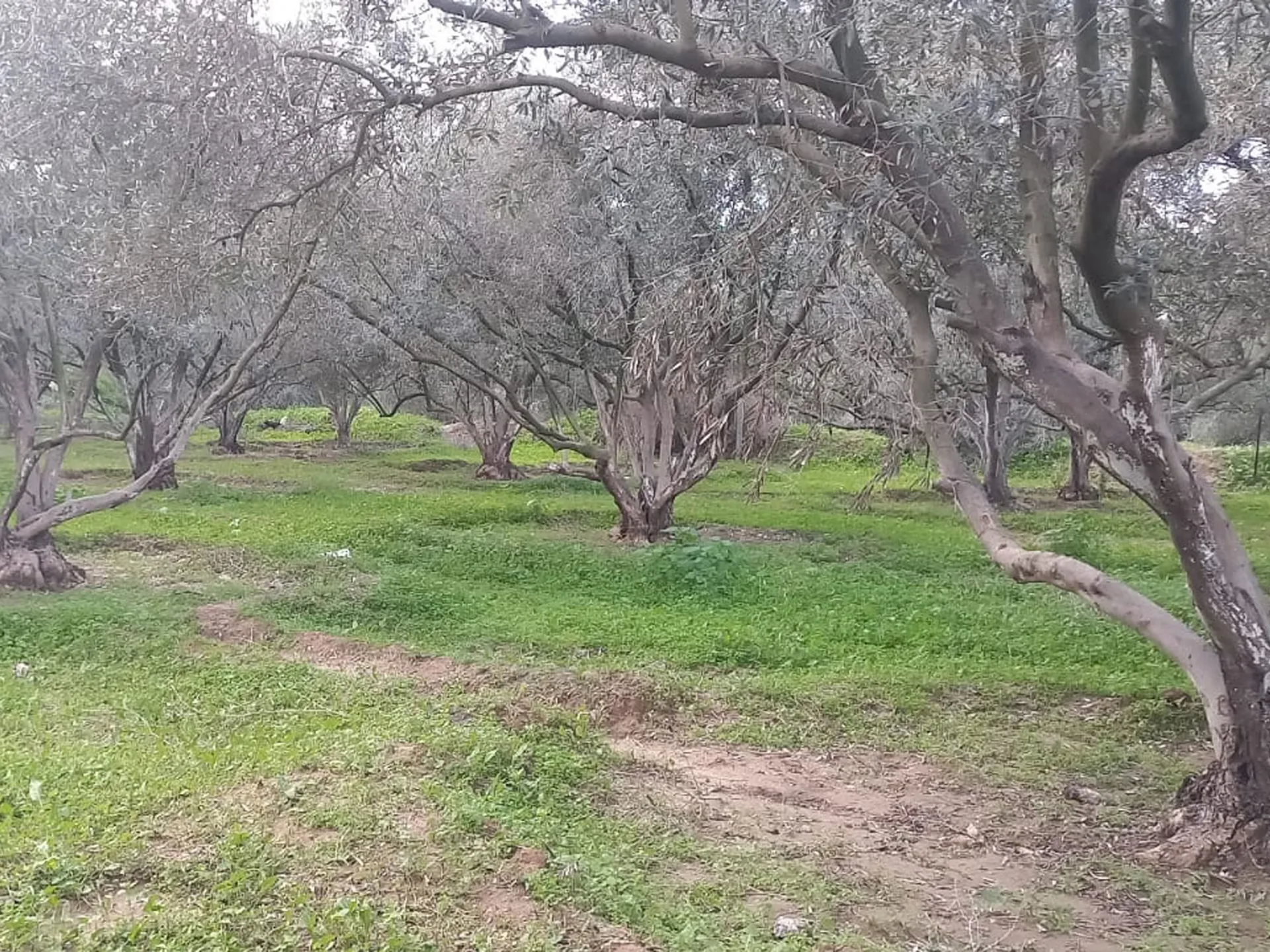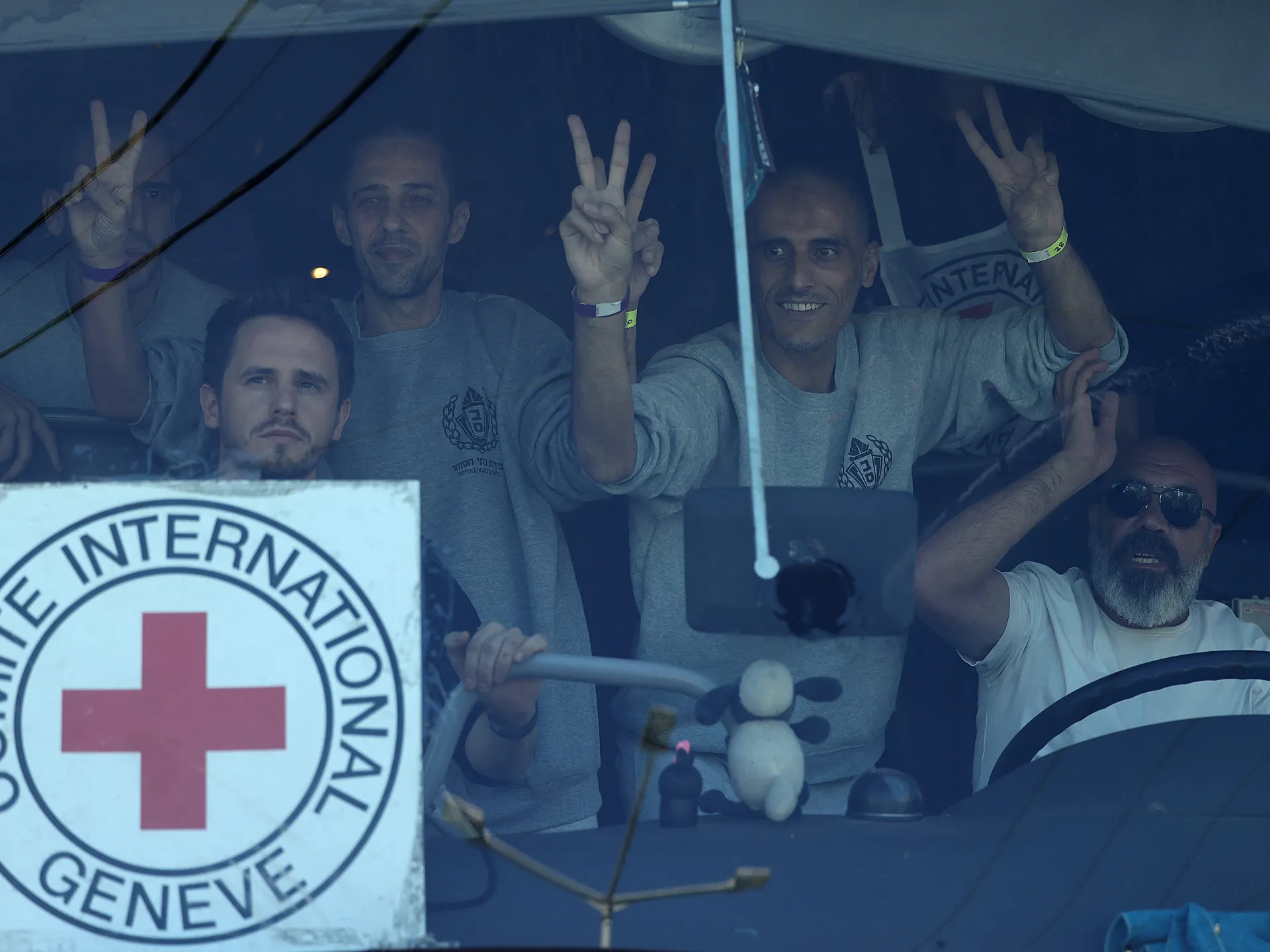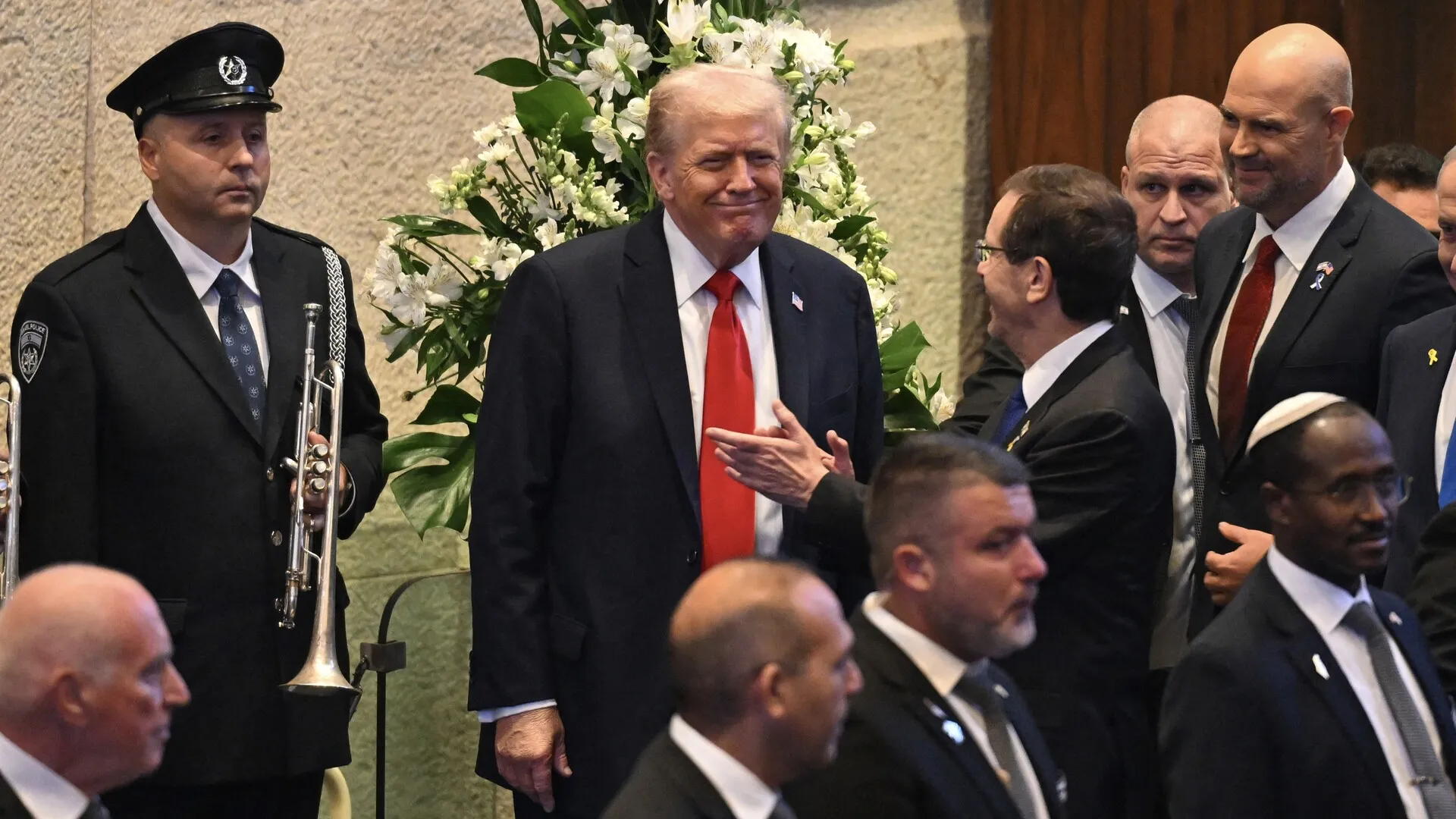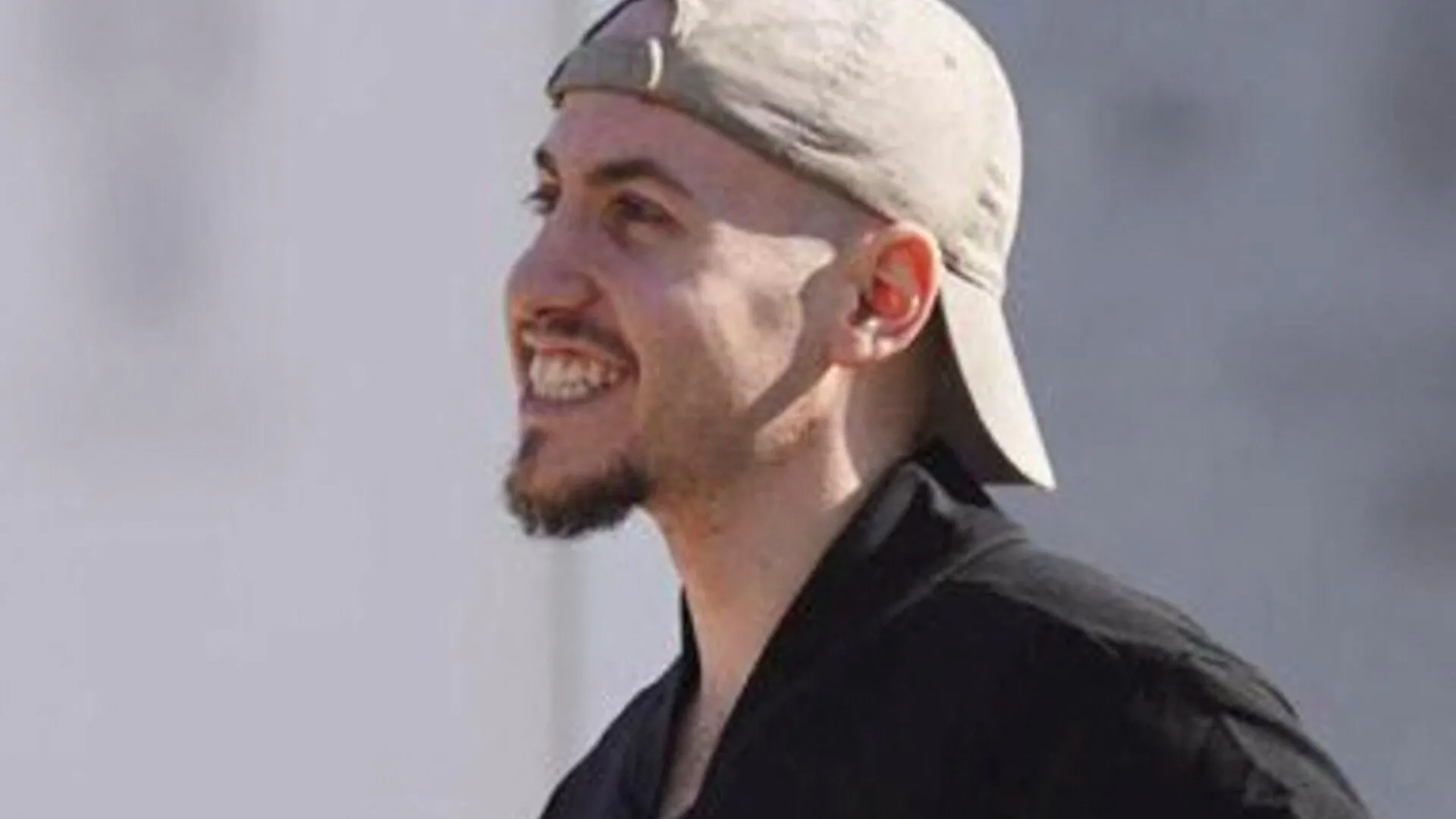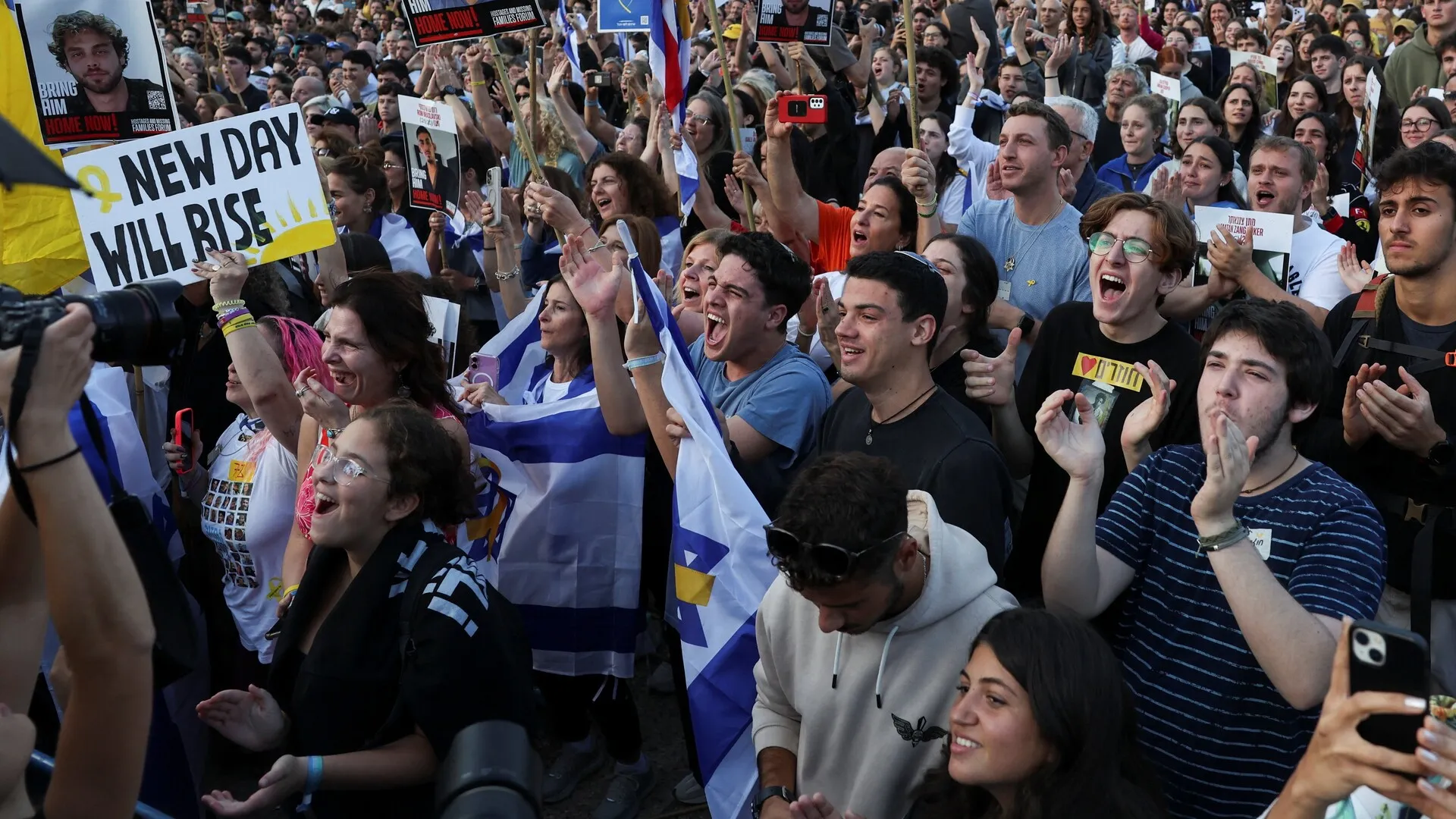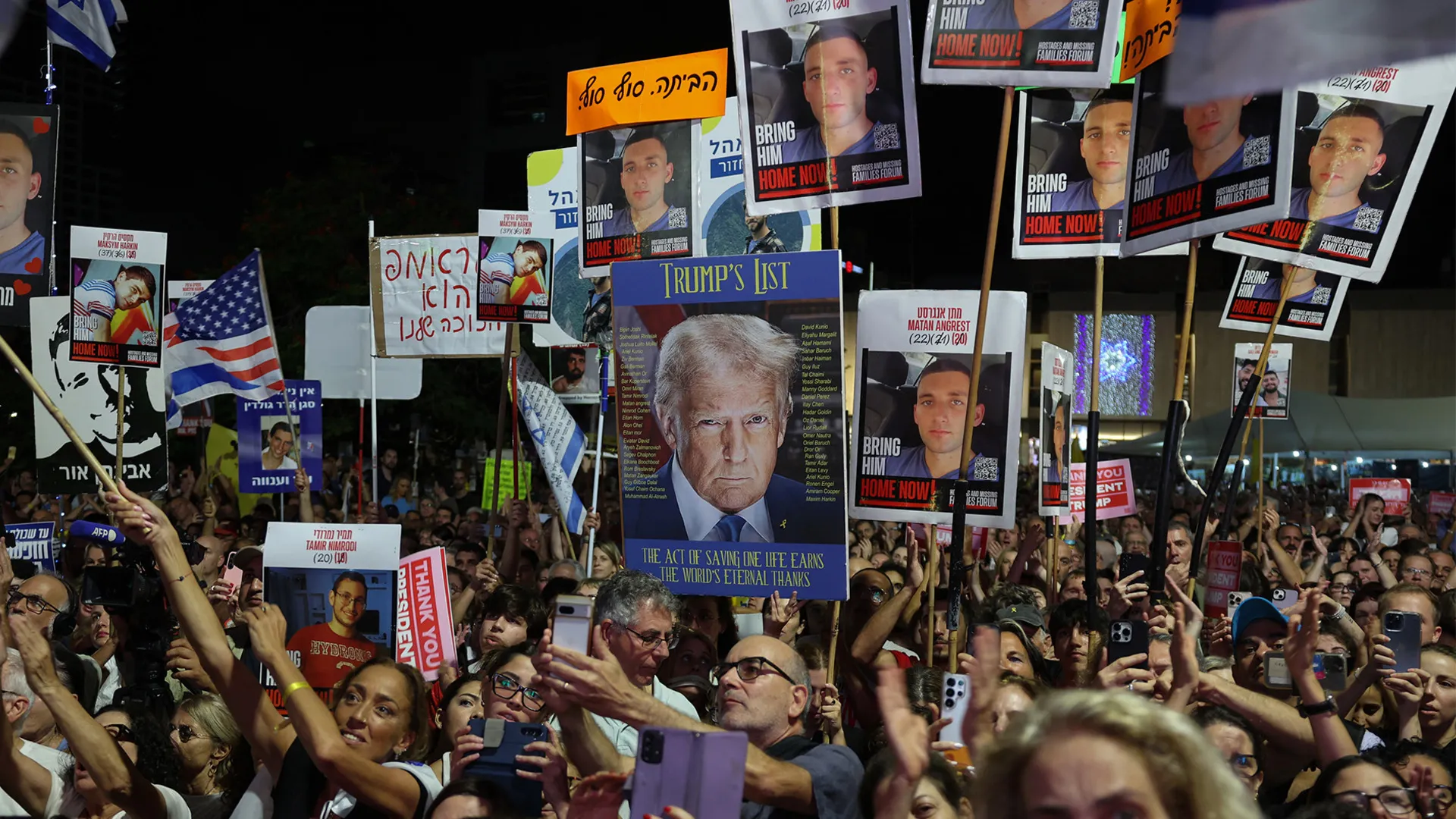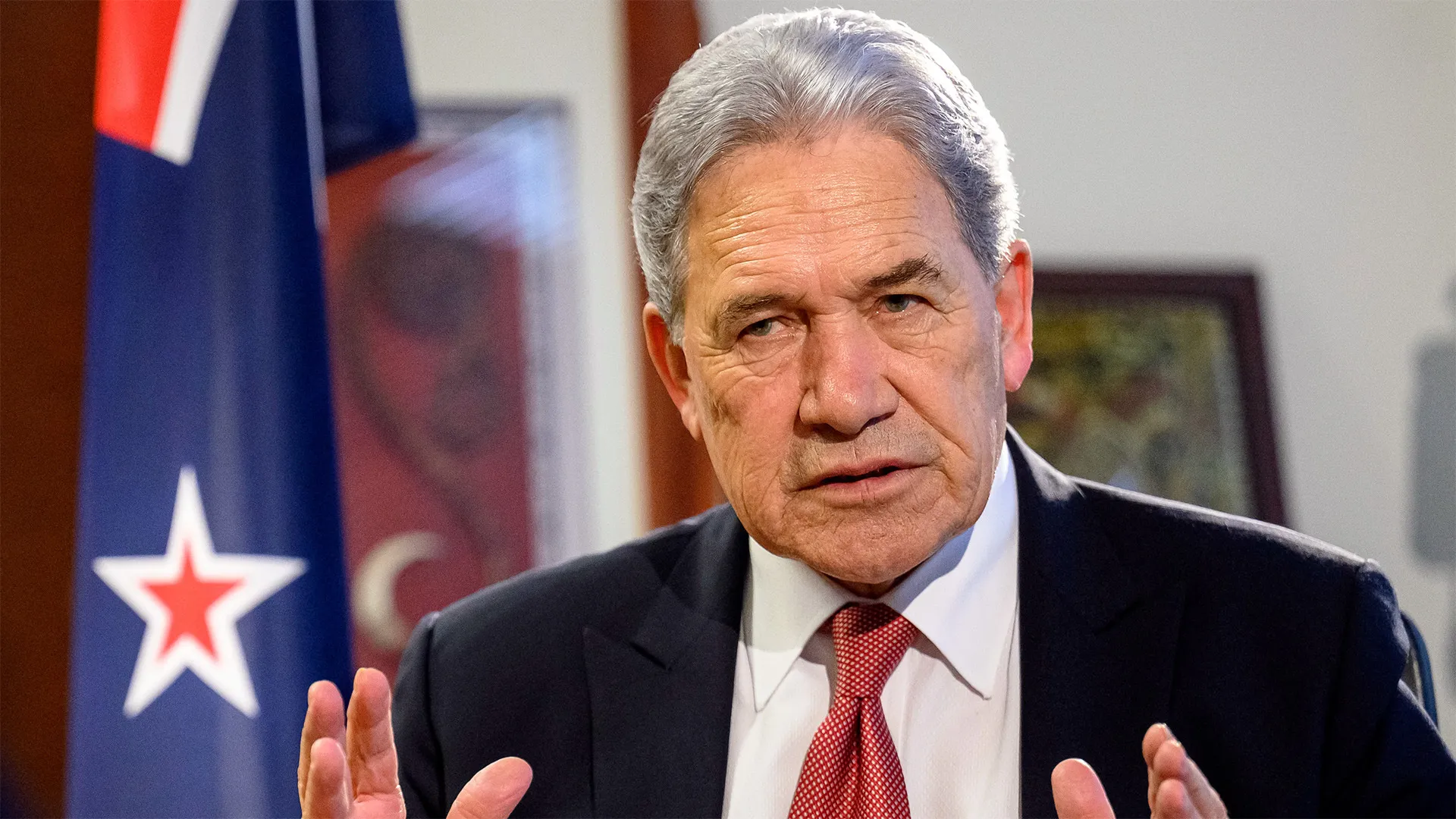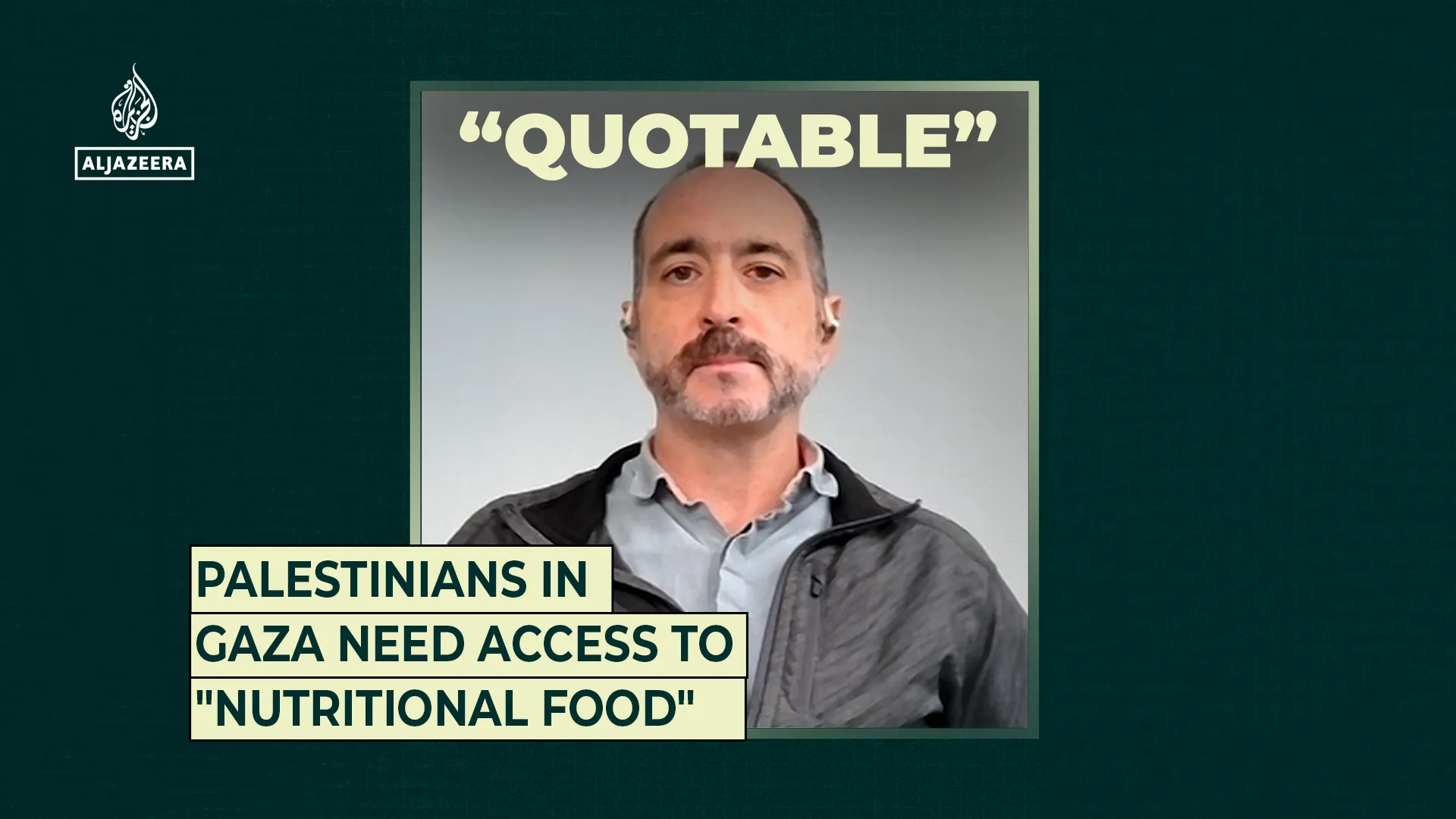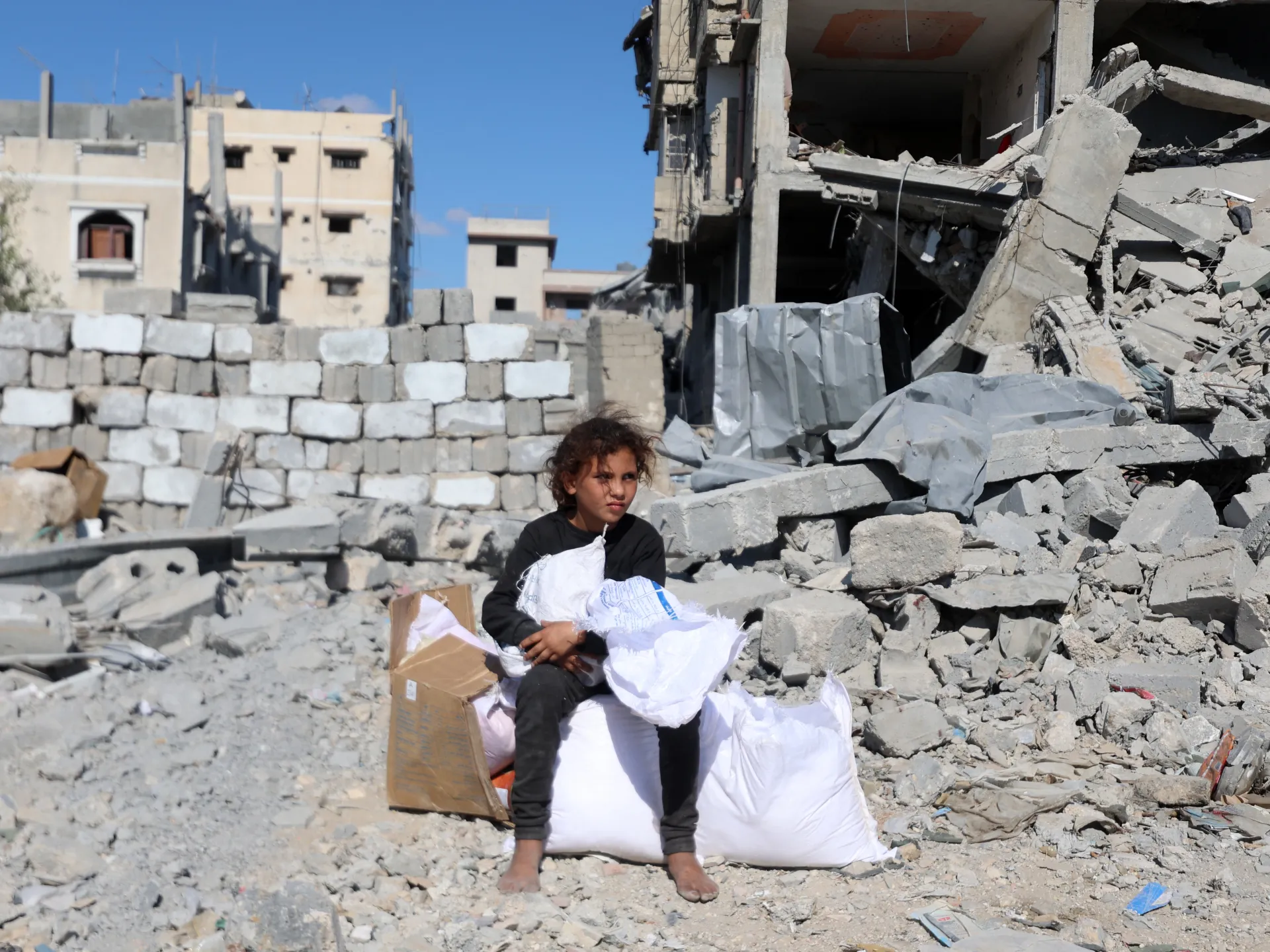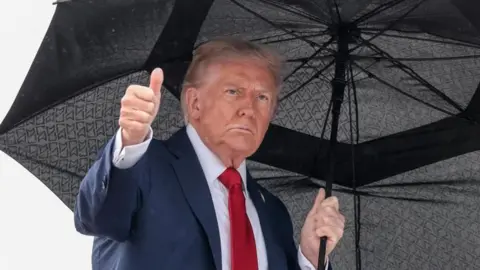Why was FIFA President Infantino with Trump at Gaza peace summit in Egypt? | Football News
EXPLAINER
FIFA boss Gianni Infantino was among attendees in Egypt, continuing a string of appearances with the US president Donald Trump.
FIFA President Gianni Infantino’s participation in Summit for Peace held in Sharm El-Sheikh, Egypt on Monday may have been a surprise to those who were expecting only world leaders, presidents and high-ranking officials to be in attendance at the Red Sea resort town.
Infantino was photographed next to the co-chair of the event, United States President Donald Trump, in the latest joint appearance by the pair during the second Trump presidency.
Recommended Stories
list of 3 itemsend of list
Here is all to know about Infantino’s presence in Egypt:
Why was FIFA president at the Egypt Peace summit?
Infantino stated that Trump had invited him to the Summit for Peace and that “FIFA is here to help, to assist and to put ourselves at disposal for whatever we can do to make sure that this peace process comes to fruition and to the best possible end.”
His invitation followed the FIFA president becoming more vocal on the Israel-Gaza conflict in recent days.
Last week, he called for football to support efforts towards peace in the Middle East in the lead-up to two World Cup qualifiers that involved Israel, after pro-Palestinian demonstrations were planned at stadiums in Norway and Italy.
After Friday’s Israel-Hamas ceasefire announcement, Infantino praised the US-brokered plan and singled out Trump to be awarded the Nobel Peace Prize for his efforts.
“The role of President Trump has been absolutely fundamental and crucial in the process. Without President Trump, there would be no peace,” he said.
What role did Infantino play at the Summit for Peace?
In Sharm el Sheikh, the FIFA president stressed football’s important role in creating new hope in the Middle East region.
Infantino pledged the governing body’s support to rebuild football infrastructure in Gaza as part of wider post-war reconstruction efforts following Monday’s peace summit.
“Football’s role has to be to support, has to be to unite, has to be to give hope in the region. In Gaza, in Palestine, we will, of course, help to rebuild all the football facilities. We will help to bring football back – together with the Palestinian Football Association – in every corner of the country. We will bring (footballs), we will build pitches, we will bring instructors, we will help organise competitions, we will launch a fund to help rebuild football infrastructure in Palestine,” he announced.
Infantino added that FIFA would contribute with mini-pitches and “FIFA arenas” and invite other partners to join the effort, saying “football brings hope to children, and it’s very, very important.”
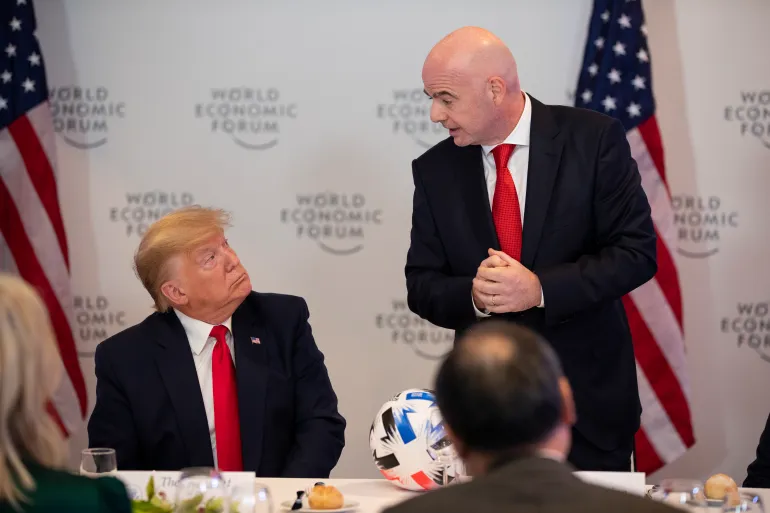
What is the relationship between Infantino and Trump?
Trump first met Infantino at the White House in 2018, during his first presidential term, after the US was awarded the co-hosting rights to the 2026 FIFA World Cup.
They have appeared at summits together before; in 2020, they shared the stage at the World Economic Forum in Davos, Switzerland. It was during this summit that Infantino first called Trump “my great friend”, according to reporting by The Washington Post.
The pair remained in contact when Trump left office in early 2021, but since the second Trump presidency, which coincided with June’s FIFA Club World Cup staged in the US, Infantino has been seen repeatedly with the US president.
Most recently, on August 22, Infantino was filmed inside the Oval Office after he gifted a gold replica World Cup trophy to Trump.
In late 2024, Infantino relocated to Trump’s hometown in Miami due to his North American-based World Cup commitments, ensuring the two friends have easy access for any joint public appearances in the future.


